Disclosure: This post may contain affiliate links. I earn a small commission of product sales to keep this website going.
You just got that amazing f/1.0 lens. You create some portraits, and when you get home to review the images, the eyes are blurry in almost 95% of the photos – unusable!
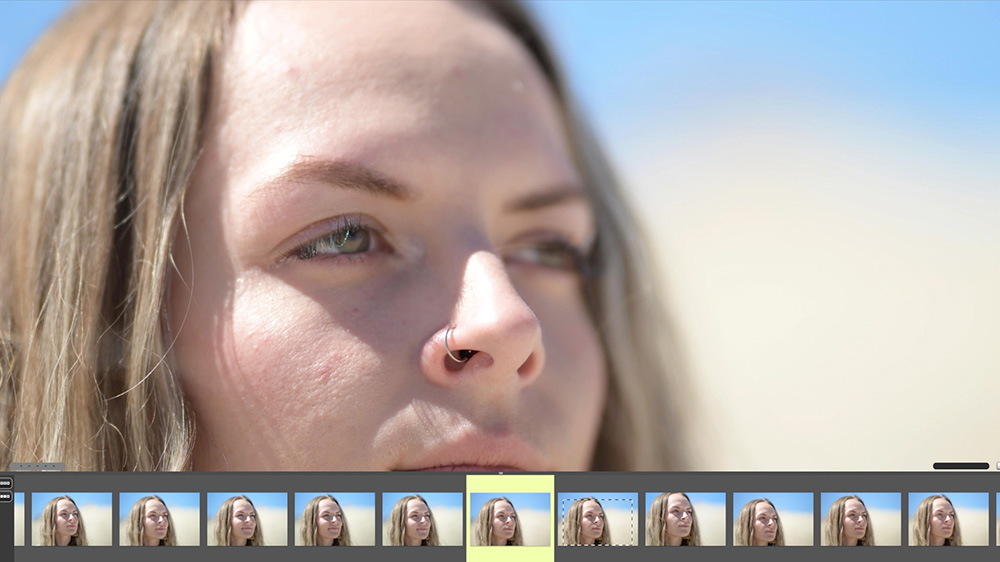
Why can’t you get sharp images at f/1.0 and similar apertures? Aren’t these supposed to be great lenses? The aperture you’re at is the answer.
When shooting at f/1.0 and similar, your depth of field is razor-thin, measured in millimeters! This all depends on your focal length and focus distance, but in close portraits, everything has to be perfect to get those eyes sharp.
What happens at f/1.0 and similar apertures
Let’s look at an example where I’m doing tight headshots using an 85mm lens at f/1.2. I’m about a meter and a half away, or 4.5 feet.
We can use a Depth of Field table from PhotoPills to see what our depth of field is:
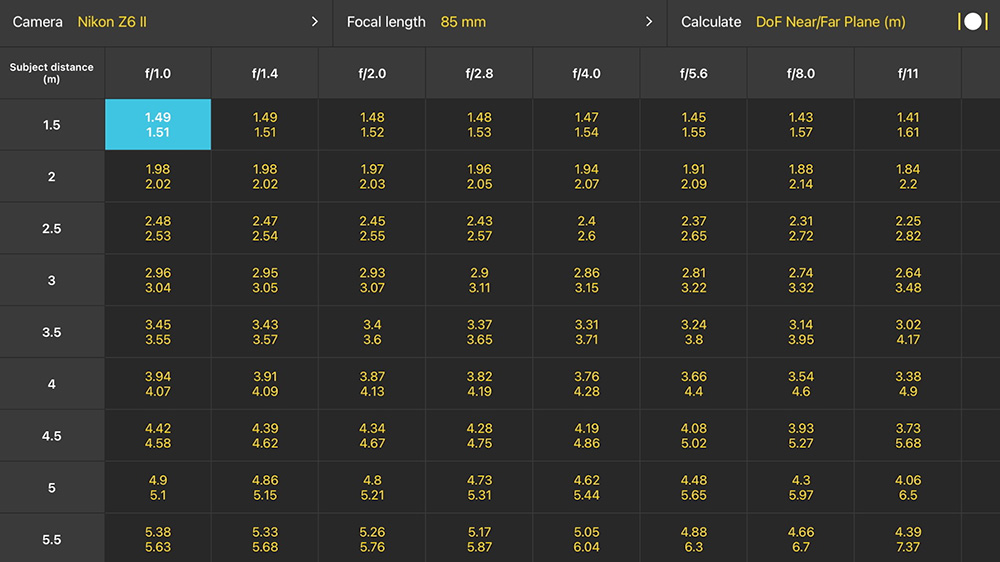
At those parameters (it’s pretty close for f/1.0 and f/1.2), focused at a distance of 1.5m, the depth of field is a mere 2cm. What appears to be in focus will be one centimeter in front of and one centimeter behind that focus point.
What happens if our focus point catches eyelashes instead of the pupil? This can happen using face and eye detection; it’s just tracking the shape of the eye, but the focus system can catch an eyelash.
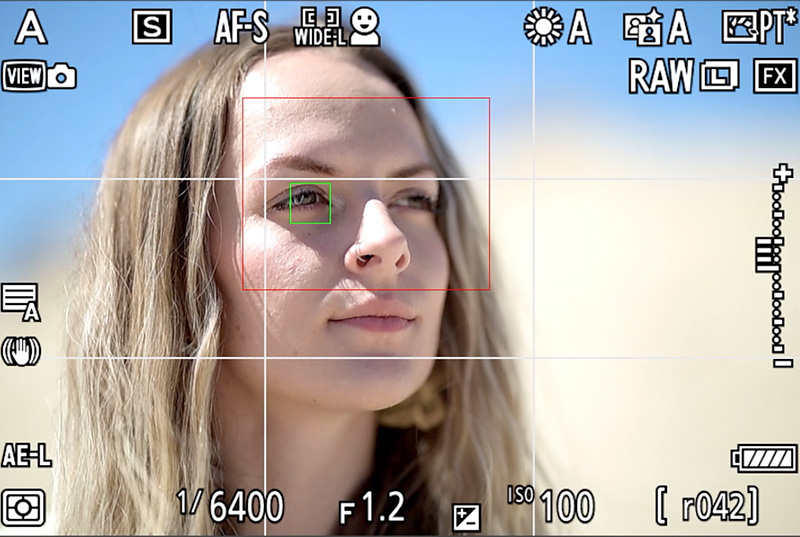
If that eyelash is one centimeter long, then the pupil will already be at that point where things start to appear blurry. And if you and/or your subject moves at all after that focus lock, you could very well be outside of that 2cm depth of field. The eye will be blurry.
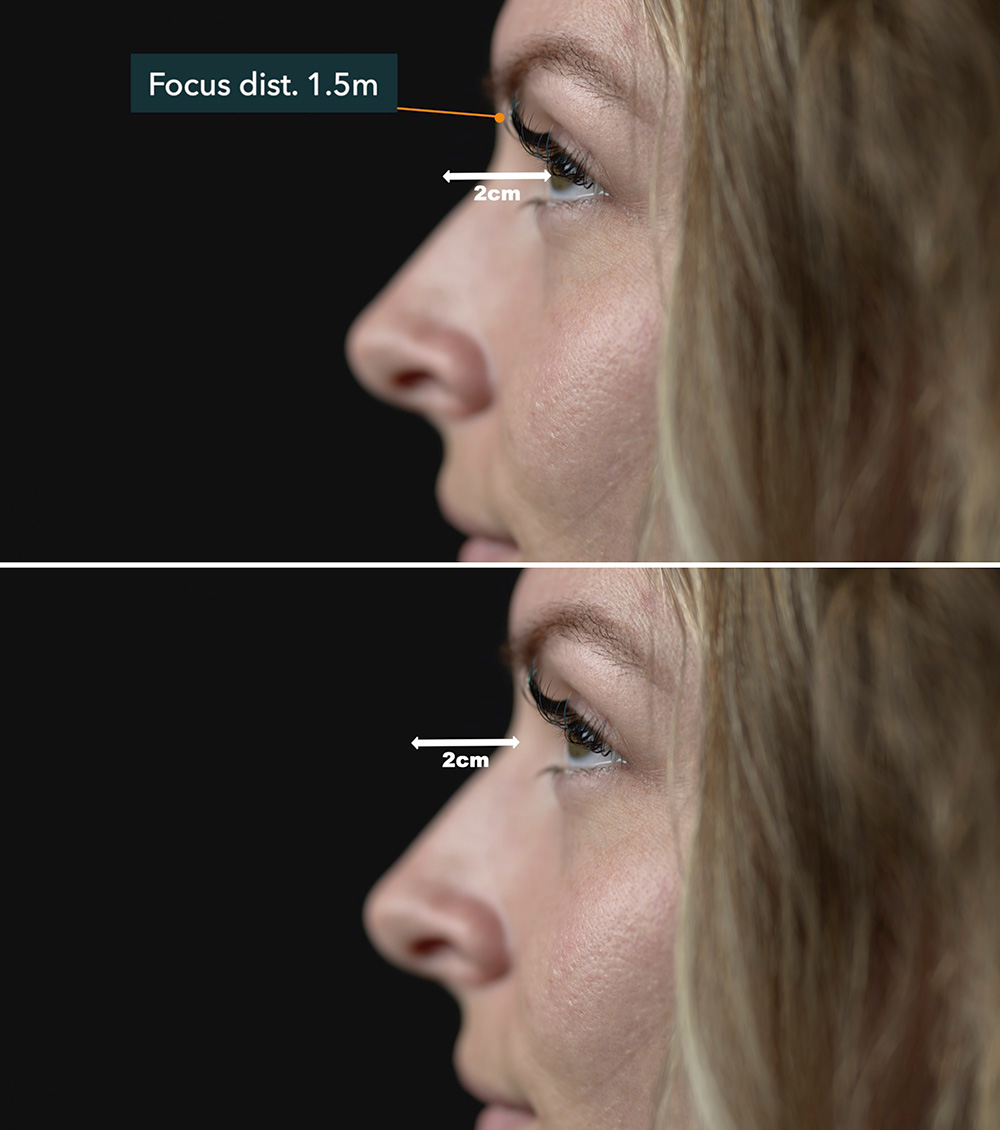
The point of using wide apertures for portraits
Why do we shoot at open apertures, those small numbers?
It’s not a bokeh contest. It’s to isolate your subject from the background, to make your subject the focal point of the photo without all those distractions in the background.
And you don’t need to be at f/1.0 or so to do that. Look at this example comparing f/1.2 and f/2.0:

Getting sharper portraits
If you stop down a few stops, from f/1.0 or f/1.2 to f/2.0 or f/2.8, you will still be able to blur your background. And you increase the odds of getting a sharper photo if your focus point is just slightly off, or if you or your subject moves at all.
Stopping down from f/1.0 to f/2.0 doubles our depth of field. It’s still a minuscule 4cm deep, but we have much better chances of getting that sharp pupil.
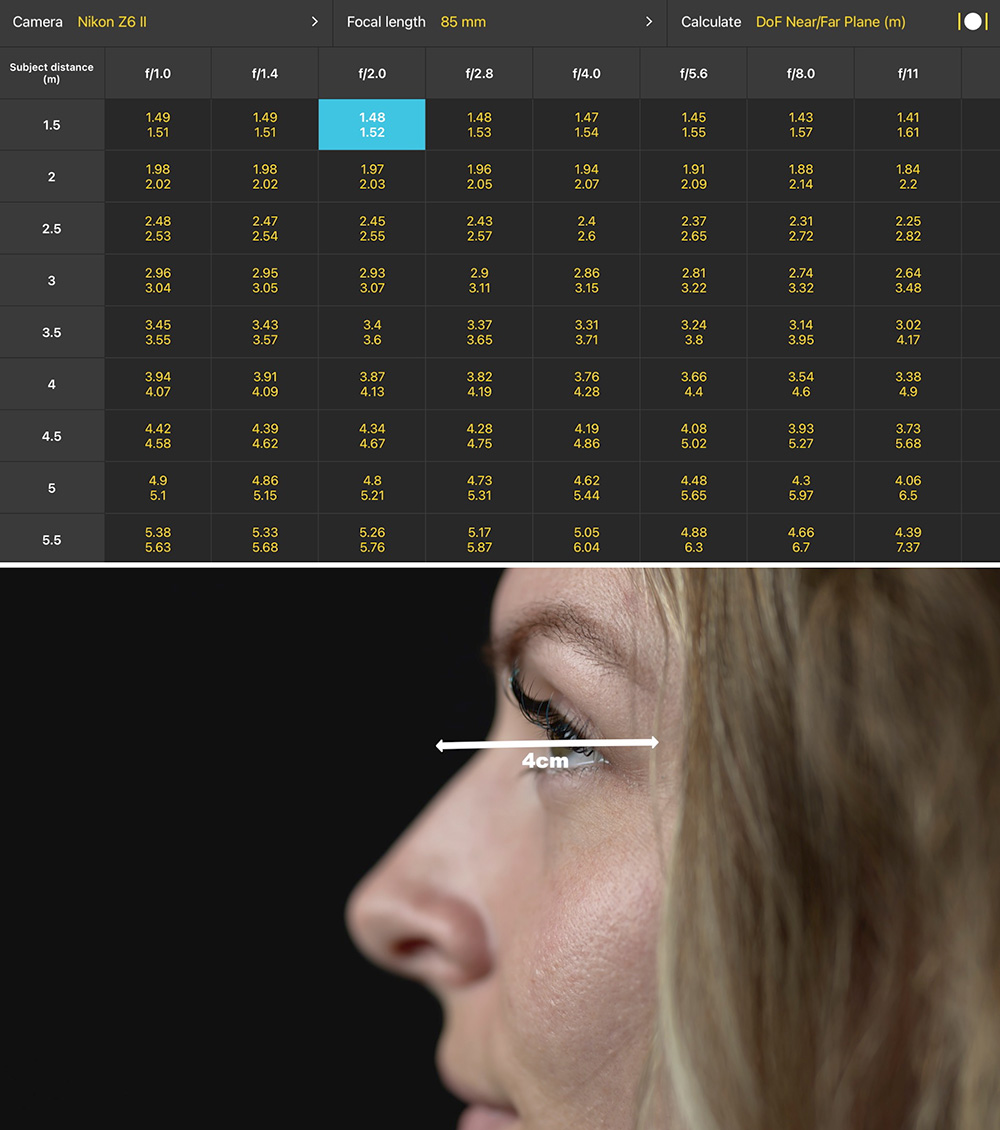
Using Depth of Field effectively
Depth of field is affected by so much more than aperture. It’s also your focal length, focus distance, and other more subjective factors.
What’s important to know is that, when at those super-small f-numbers, you have no room for error. Stop down and increase that depth of field at your subject while still being able to isolate them from the background.
After you practice and get some experience, then you can start opening your aperture back up to take advantage of those wider apertures.
You can check out the Advanced Depth of Field course to learn more about all of those things that affect depth of field and how they interact with one another.
Any questions or other things to add? Let us know in the comments!

Jim
Thursday 27th of March 2025
Add the fact that many fast lenses, particularly affordable ones, can be soft when shooting wide open. Few of us can pony up for a Leica Noctilux.
Good article and explanation.
John Peltier
Thursday 27th of March 2025
Thanks Jim. Most are usually “sharp enough” towards the center; I don’t think people are looking for corner-corner sharpness at those apertures (at least I hope not!)